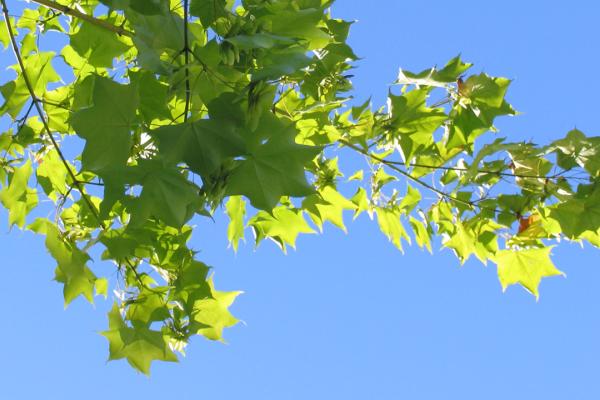Tree replacement requirements
Replacement trees are required as a condition of all Tree Cutting Permits. The number of replacement trees you need to plant depends on the size of the tree you’re removing. The only exception is tree removal on single-family and 2-family properties that aren't undergoing development where replacement trees may be required. In these cases, the City may direct you to plant replacement trees, depending on the characteristics and constraints of the property.
The number of replacement trees required will be determined by the size of the tree being removed, as outlined below:
|
Size of tree to be cut or removed
|
Number of replacement trees required
|
|
20.3 cm (8”) to 30.5 cm (12”)
|
1
|
|
30.5 cm (12”) to 61 cm (24”)
|
2
|
|
61 cm (24”) or greater
|
3
|
Having a replacement tree ratio based on the size of the tree(s) removed allows Burnaby to compensate for the environmental and community benefits that larger trees provide.
If it isn't feasible to plant the required number of replacement trees on a subject property, you may need to make a cash-in-lieu contribution to the City’s Civic Tree Reserve Fund (a fund maintained by the City for the acquisition of new trees).
Replacement tree security
If replacement trees are required, a security must be provided to the City before the Tree Cutting Permit is issued. The cost will be the greater of these 2 measures:
or
- an amount equal to 120% of the cost of the replacement trees.
Security ensures that replacement trees are planted on time and maintained for the first year giving them the best chance for survival.
Any forfeited security will be placed in the City’s Civic Tree Reserve Fund.
Trees on development sites
Design and location of buildings should prioritize the protection and preservation of healthy trees, both on-site and off-site, including those belonging to the City.
- Contact [email protected] to discuss any trees that may be affected by development prior to submitting your Engineering pre-application. This will help streamline your application process, ensure significant trees are identified for protection, and clarify potential tree replacement requirements before making substantial and costly decisions related to your site plan, off-site package and overall design.
- Ensure that driveways, paving, construction activities and utility connections are situated outside designated tree protection areas.
- Where tree removal is necessary, replacement trees must comply with the City of Burnaby's Tree Bylaw requirements. Trees for retention and replacement are required to be shown on the site plan.
- Note: You don’t need to apply for a tree permit separately; it will be automatically generated during your application process.
